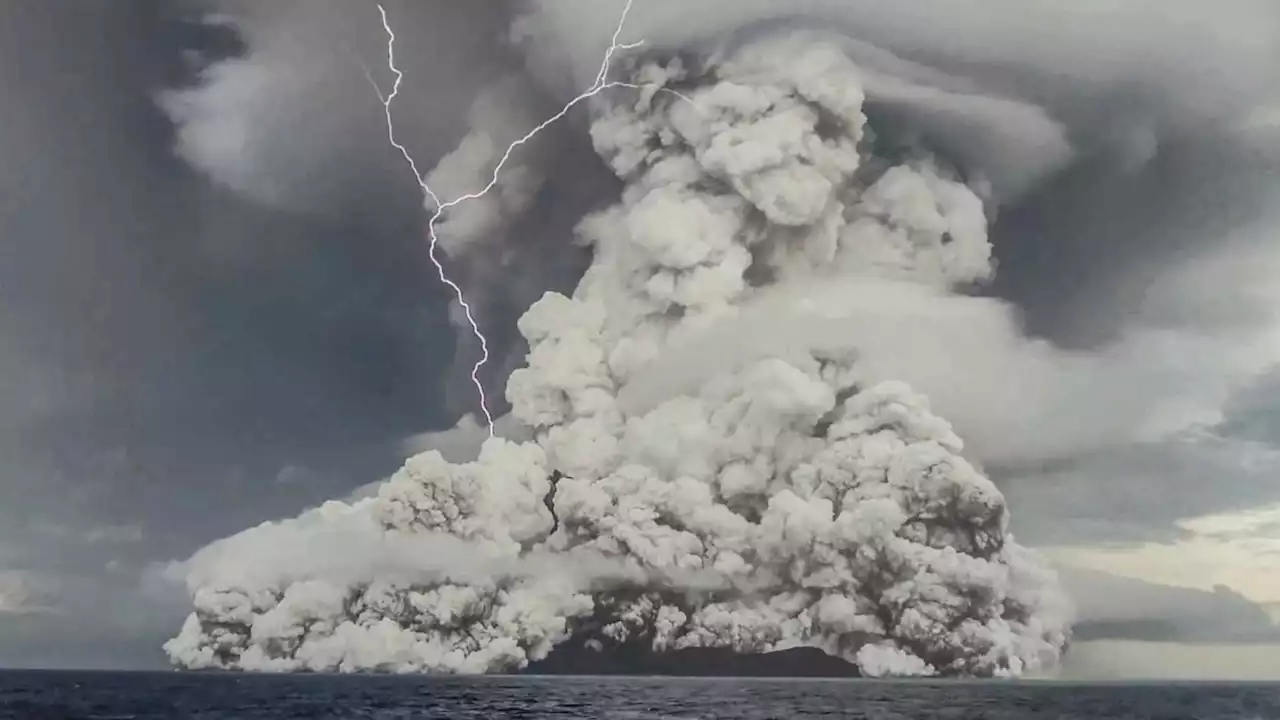Researchers find rust and diamonds at the Earth's core-mantle boundary. On the Earth's surface, steel rusts due to water and air. But what about deep inside the interior of the Earth? The biggest carbon storage on Earth is the Earth's core, where 90% of the carbon is buried. Scientists have show
to conditions similar to those at the Earth’s core-mantle boundary, melting the iron-carbon alloy.
“Temperature at the boundary between the silicate mantle and the metallic core at 3,000 km depth reaches to roughly 7,000 F, which is sufficiently high for most minerals to lose H2O captured in their atomic-scale structures,” said Dan Shim, professor at ASU’s School of Earth and Space Exploration. “In fact, the temperature is high enough that some minerals should melt at such conditions.”
“Carbon is an essential element for life and plays an important role in many geological processes,” said Ko. “The new discovery of a carbon transfer mechanism from the core to the mantle will shed light on the understanding of the carbon cycle in the Earth’s deep interior. This is even more exciting given that the diamond formation at the core-mantle boundary might have been going on for billions of years since the initiation of subduction on the planet.
France Dernières Nouvelles, France Actualités
Similar News:Vous pouvez également lire des articles d'actualité similaires à celui-ci que nous avons collectés auprès d'autres sources d'information.
 Jupiter is about to make its closest approach to Earth in 59 years | CNNWith Jupiter's upcoming opposition on September 26, the planet will be about 367 million miles from Earth. Opposition means Earth is directly between Jupiter and the sun.
Jupiter is about to make its closest approach to Earth in 59 years | CNNWith Jupiter's upcoming opposition on September 26, the planet will be about 367 million miles from Earth. Opposition means Earth is directly between Jupiter and the sun.
Lire la suite »
![]() Sensational Jupiter Image Made of 600,000 Photos as Planet Nears EarthAccomplished astrophotographer Andrew McCarthy captured his 'sharpest Jupiter shot', as the planet comes the closest to Earth it has been for nearly 60 years.
Sensational Jupiter Image Made of 600,000 Photos as Planet Nears EarthAccomplished astrophotographer Andrew McCarthy captured his 'sharpest Jupiter shot', as the planet comes the closest to Earth it has been for nearly 60 years.
Lire la suite »
 Protecting Earth from asteroids is complicated and requires global cooperationDetecting, tracking and stopping asteroids is a sprawling, interconnected effort.
Protecting Earth from asteroids is complicated and requires global cooperationDetecting, tracking and stopping asteroids is a sprawling, interconnected effort.
Lire la suite »
 50 million tons of water vapor from Tonga's eruption could warm Earth for yearsThe explosive event increased atmospheric water vapor by 5%.
50 million tons of water vapor from Tonga's eruption could warm Earth for yearsThe explosive event increased atmospheric water vapor by 5%.
Lire la suite »
 Jupiter to Make Its Closest Approach to Earth in Decades on MondayAmateur astronomers and the public alike will be treated to a special celestial show Monday night, as the solar system’s largest planet will be close enough that its features can potentially be seen with just a pair of binoculars.
Jupiter to Make Its Closest Approach to Earth in Decades on MondayAmateur astronomers and the public alike will be treated to a special celestial show Monday night, as the solar system’s largest planet will be close enough that its features can potentially be seen with just a pair of binoculars.
Lire la suite »
